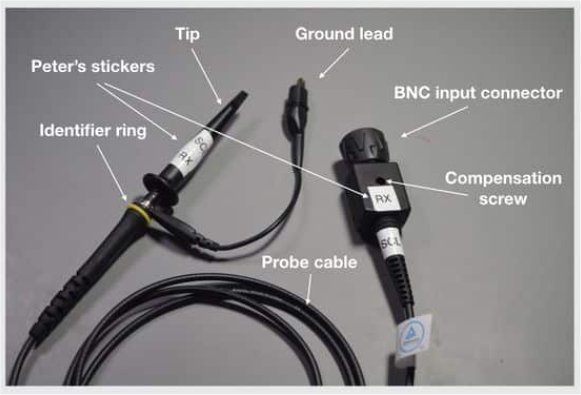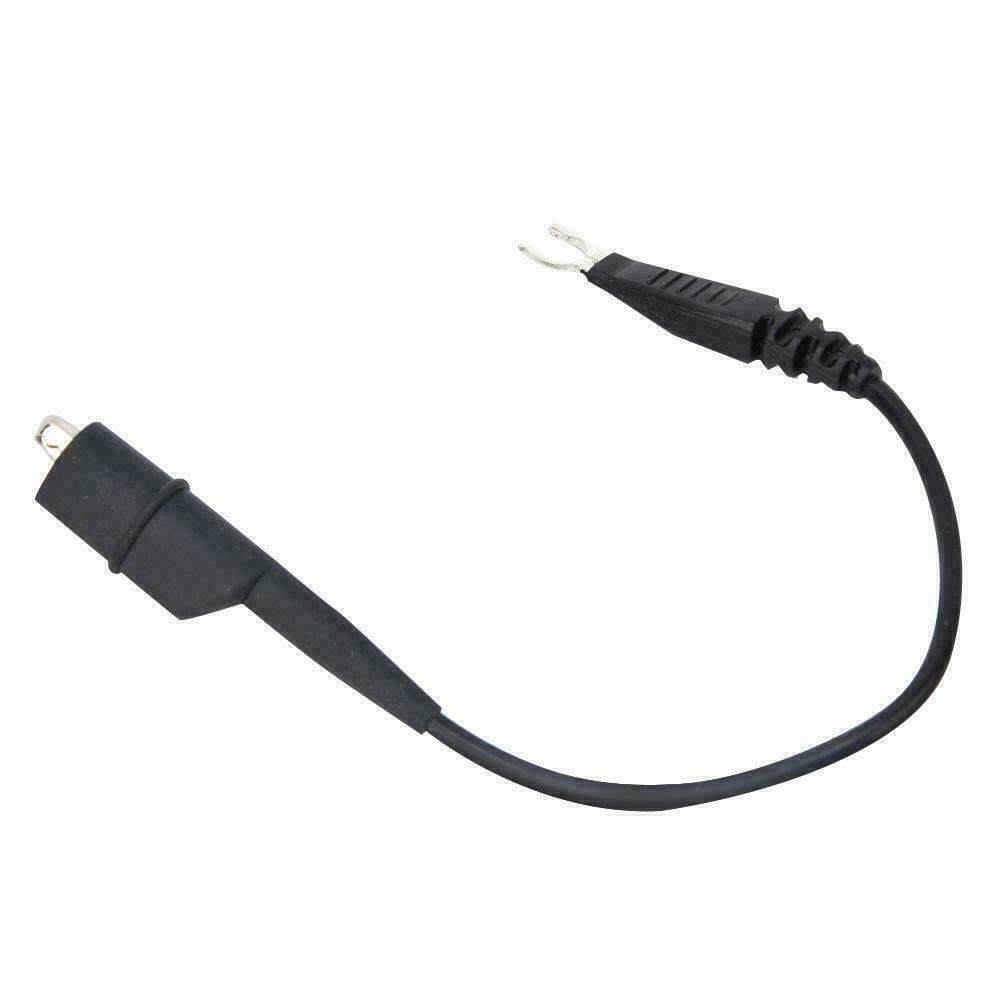To remind myself that even I can do stupid things 🙂 here’s a list of some of my more stupid things I’ve done this week.
I spent a day and a half wondering why an input to a PIC MCU wouldn’t work. It would sometimes change state, but never when I wanted it too. It was connected to a pin of a rotary encoder and initially I thought the encoder was damaged, then that the PIC was faulty, then thought there was a problem with the code, then a problem with the MPU configuration; in my defence the PIC I was using is not one I’m overly familiar with. It turns out that in my haste to get my project working, I’d not soldered in the pull-up resistors correctly.

I found the problem by accident when flipping the board over I saw the resistor leaning against the white connector. And it looks a lot tidier now – I was in a hurry.
I also had a problem with an LCD display being very intermittent. It turned out that I’d not soldered in the 16 pin header; only the two end pins.
These two teach a basic lesson, “CHECK EVERYTHING”. No matter how impossible or stupid it seems, check everything from end to end.
I also spent ten minutes panicking that channel 3 on my Oscilloscope had failed as it wouldn’t display a signal, only to find I was using the lead from channel 4. Well, we’ve all done that one… haven’t we ?
Actually, on the subject of oscilloscopes and probes, I had a very strange problem that really wasn’t my fault, but taught me a valuable lesson.
If you connect an oscilloscope probe to ground, the signal displayed should basically be a flat line, however I was debugging a project and touching the chassis (ground) was giving me a huge reading.
I attached the probes ground crocodile clip to the metal chassis, touched the chassis with the scope probe and was getting lots of signal noise.
This is what a basic probe looks like:

This is close up of the ground lead:

That springy clip fastens around a section of the probe body and is “supposed” to make good contact giving you a decent ground connection.
Turns out that it’s possible for the clip to be attached but make a terrible connection (probably with a very high resistance), making it’s useless. The solution was to crimp the spring thing together, however, I’m never trusting one of these again. I’ve now made a separate lead that connects from the scope and terminates in an insulated crocodile clip to attach to the project under test.
On the plus side both projects I’ve been working on are now basically complete – they just need some cosmetic work, but the electronics and firmware are all completed and working, so it’s not all bad.

Leave a Reply